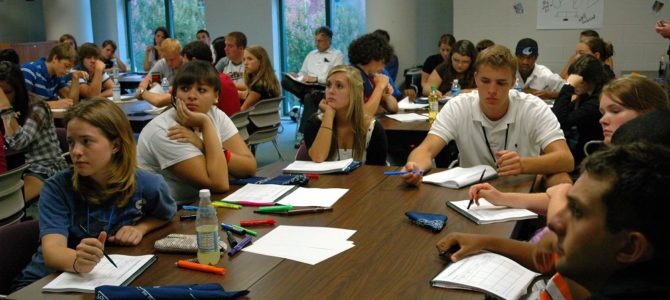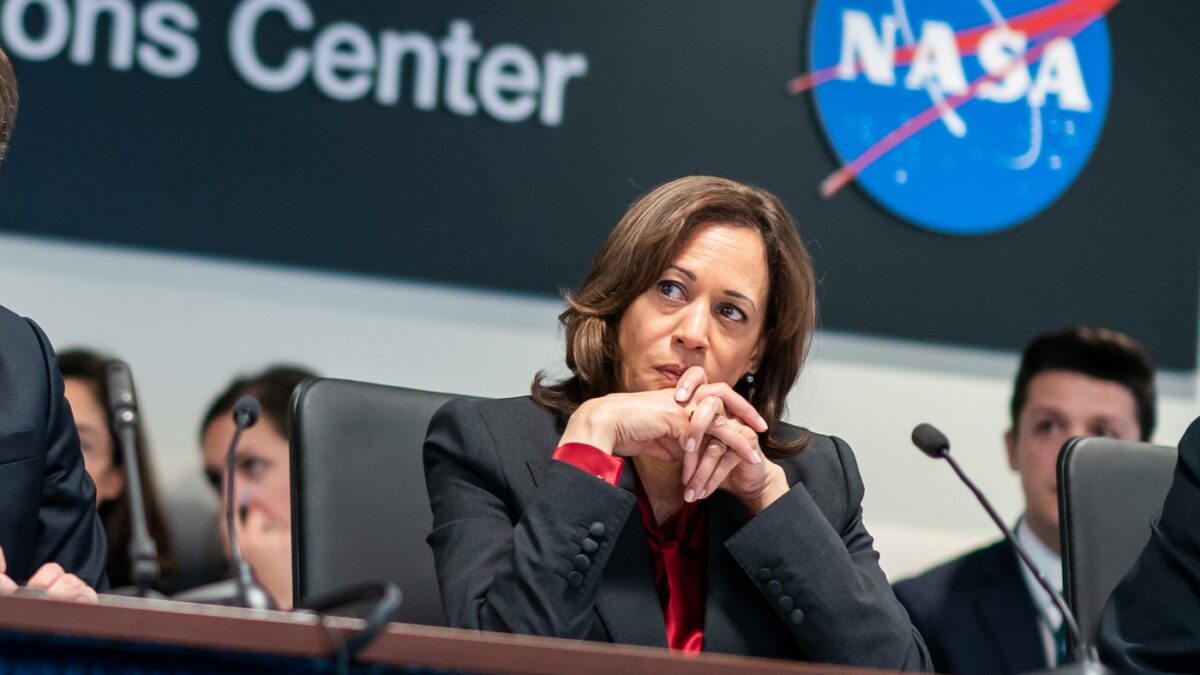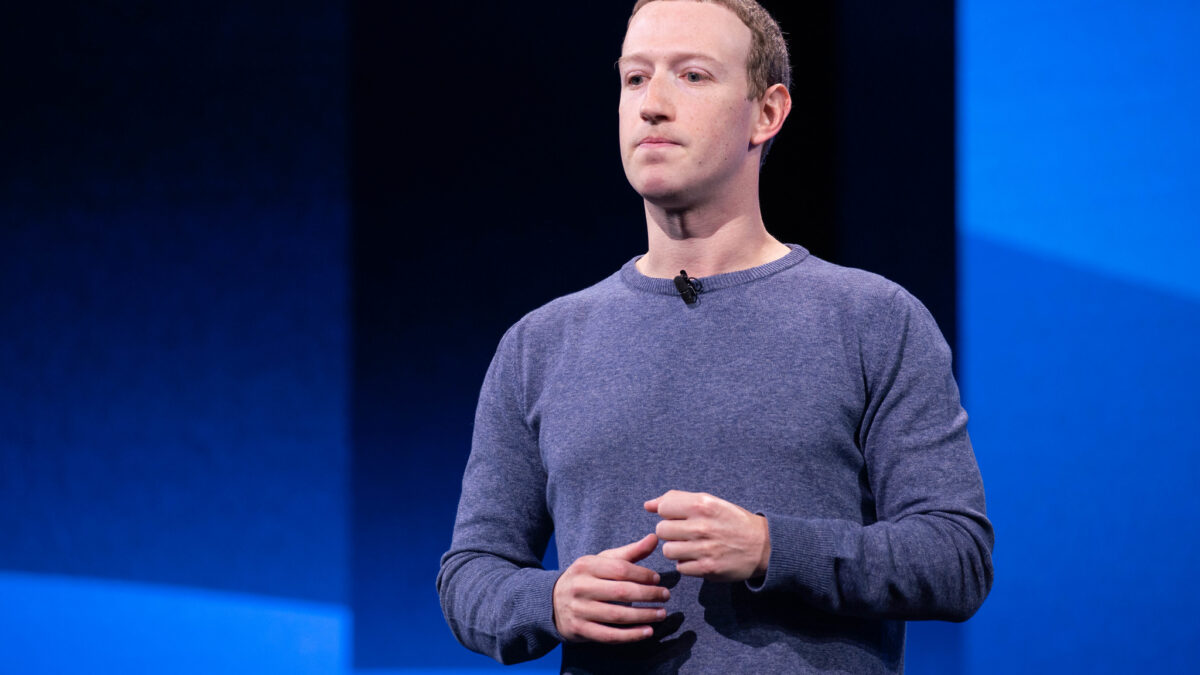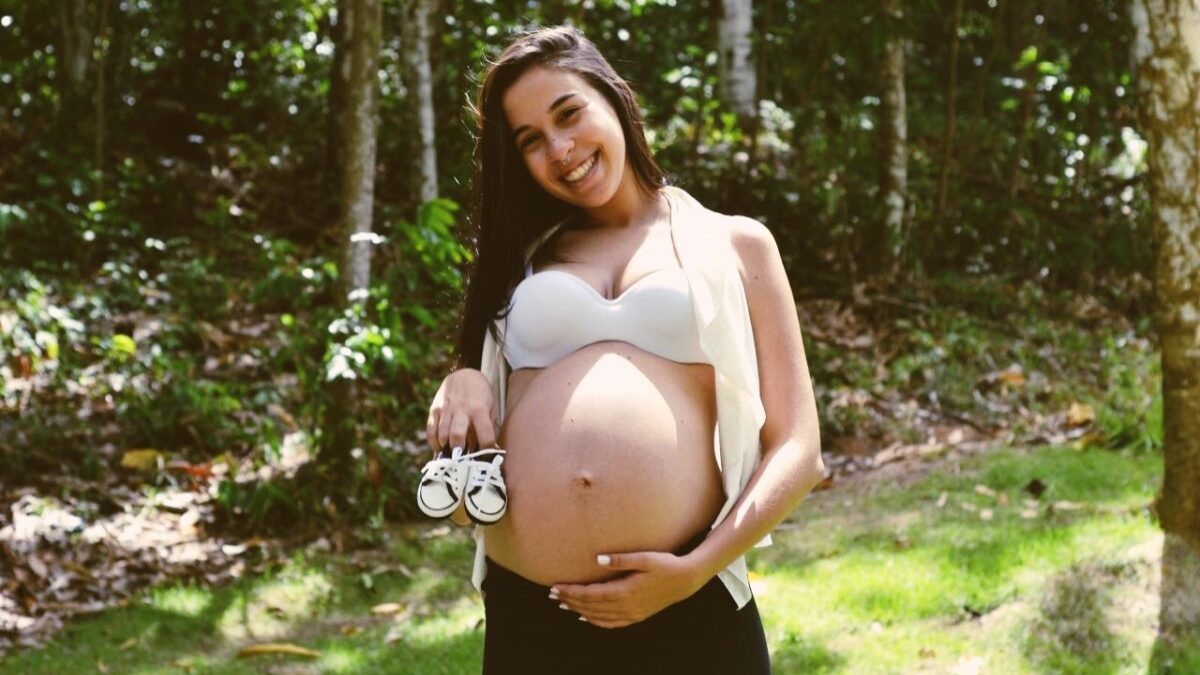
A strange thing is happening in the debate about how to reopen America’s 100,000-or-so schools in the fall. As the political debate is just heating up, the medical and scientific debate is essentially ending.
You would not know it watching the news coverage in the mainstream media, and certainly not by following the hysteria and fear-mongering on social media. But reopening the schools is the uncontroversial, data-based scientific consensus among the world’s medical and public health community.
This week, the director of the Centers for Disease Control said that “having the schools actually closed is a greater health threat to the children than having them open.” Last month, a New York Times survey of more than 500 epidemiologists and infectious disease specialists found that more than 70 percent of them would send their children to school, day care, or camp immediately or later in the summer.
The American Academy of Pediatrics agrees. Infectious diseases specialists Dr. William V. Raszka and Dr. Benjamin Lee just co-authored a review of all the most recent studies and data worldwide for the AAP’s official journal, Pediatrics, and it’s worth sharing their conclusion in full:
Almost 6 months into the pandemic, accumulating evidence and collective experience argue that children, particularly school-aged children, are far less important drivers of SARS-CoV-2 transmission than adults. Therefore, serious consideration should be paid toward strategies that allow schools to remain open, even during periods of COVID-19 spread. In doing so, we could minimize the potentially profound adverse social, developmental, and health costs that our children will continue to suffer until an effective treatment or vaccine can be developed and distributed or, failing that, until we reach herd immunity.
“The data are striking,” Raszka said in an interview about the study. “The key takeaway is that children are not driving the pandemic. After six months, we have a wealth of accumulating data showing that children are less likely to become infected and seem less infectious.”
Dr. Daniel Halperin, a public health professor at the University of North Carolina, told The Atlantic last month: “It’s logical that schools should open in the fall and summer camps, if it’s still possible, should open… I’m worried about my daughter driving, but I wouldn’t keep her home because there’s a one-out-of-a-million chance that she’s gonna die in a car accident.”
The last point is crucial. Life is full of serious risks for children, but COVID-19 is not one of them.
For instance, the CDC reported that 620 Americans younger than 25 died from flu and pneumonia in 2018, the most recent year of data available. To date, COVID has taken the lives of 30 children aged 1 to 14, and 149 aged 15 to 24. This means, based on the most current data, children are more than three times more likely to die of the flu or pneumonia than from COVID.
Or compare CDC’s data on youth deaths from other causes in 2018:
- 21,643 Americans under 25 years old died from suicide (more than 120 times more deadly than COVID),
- 15,864 youth died from unintentional injury (88 times more deadly than COVID), and
- 5,518 youth died from homicide (30 times more deadly than COVID).
The evidence is overwhelming: seniors, especially those with prior health conditions, are vulnerable to COVID in ways that children are not.
Meanwhile, there are enormous costs to keeping kids out of their classrooms. Distance learning is not the same as classroom instruction, with many children likely to fall behind academically, which could change the course of their lives. Social isolation is already an epidemic in its own right; school closures only exacerbate it.
There is no scientific or medical reason not to take all this into consideration when making policy choices. Many families can’t afford private schools or home-schooling, and shutdowns close private schools even when parents would rather they were open. Politicians and teachers unions, on the other hand, keep collecting their salaries from taxes no matter whether schools open or close.
Children’s lives have ground to a halt. Think back to your middle school years. Try to imagine a life with no sports, no summer camps, no church youth group, no birthday parties, no trips to the beach or the amusement park. No seeing your friends, grandparents or cousins. No recess football or playground hopscotch. No school plays, dances, or holiday socials. No having that unexpected teacher see something unique in you and inspire you to dream.
Too many people have convinced themselves school re-opening is a partisan issue. It’s not. In March, we didn’t know the risks, so we closed the schools. Six months later, the medical community has gathered the evidence and given us the all-clear.
Keeping schools closed isn’t cautious or prudent. It’s needlessly putting our children in danger.









